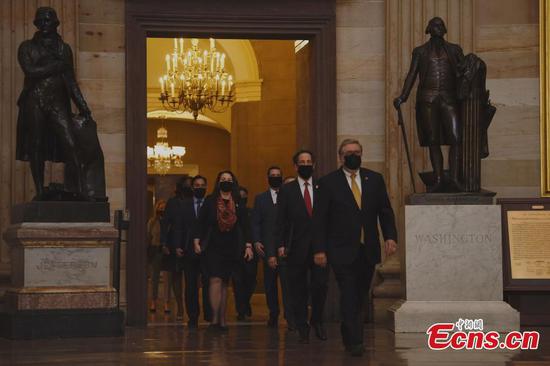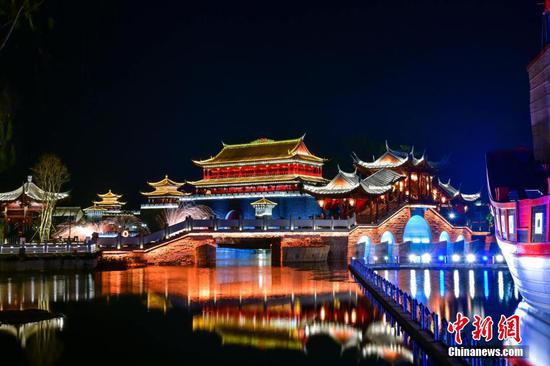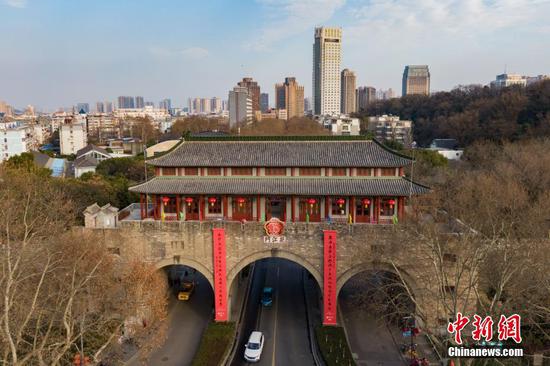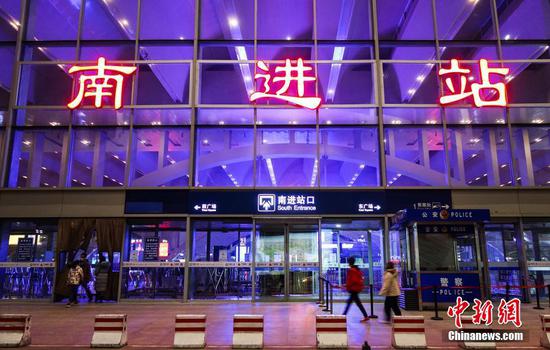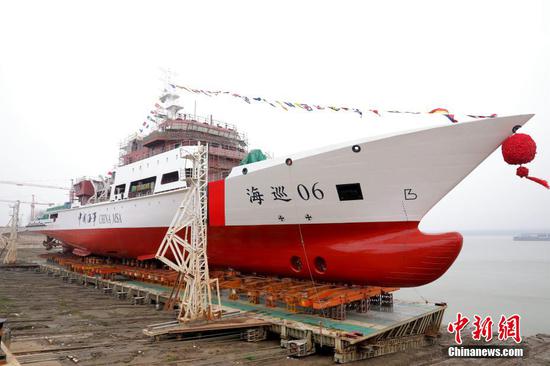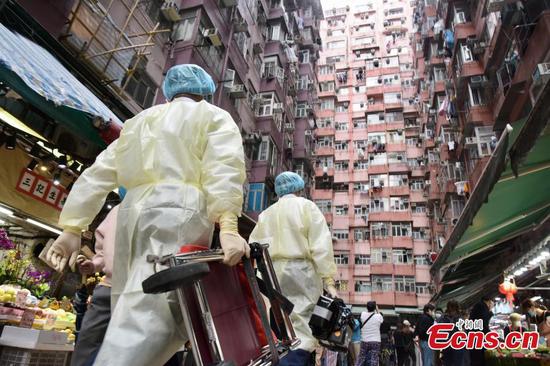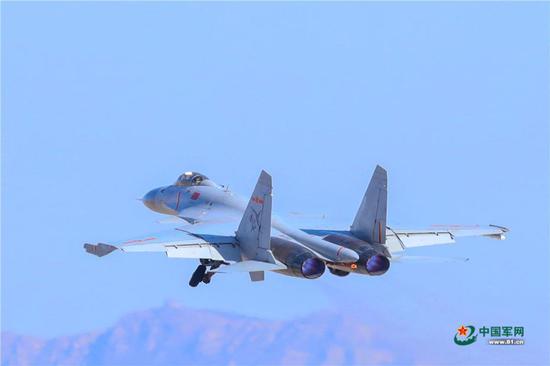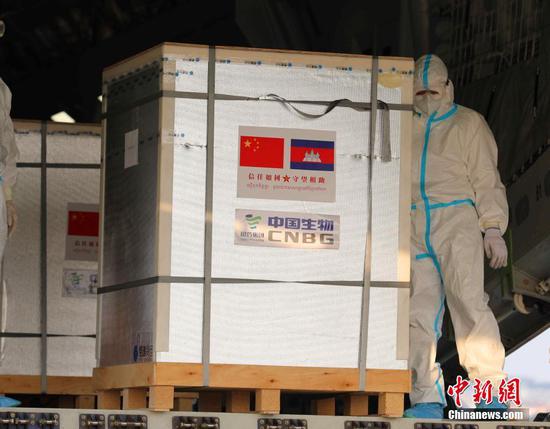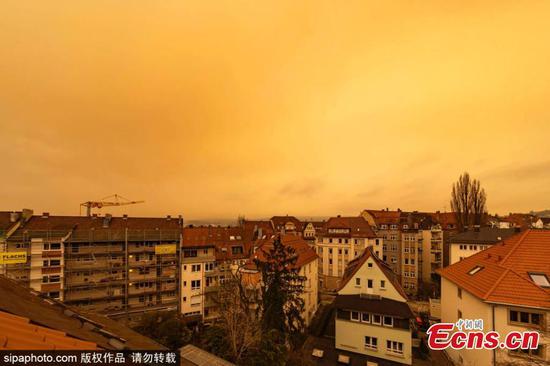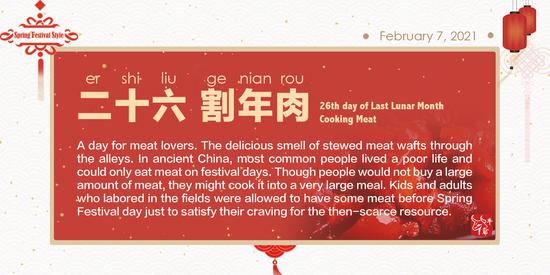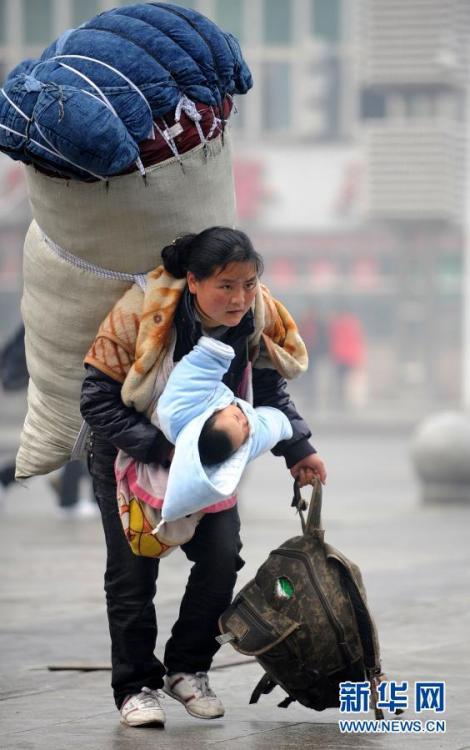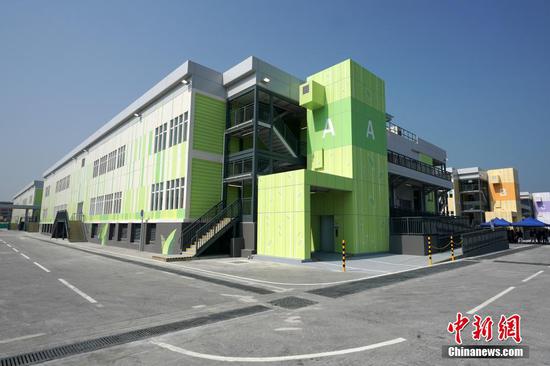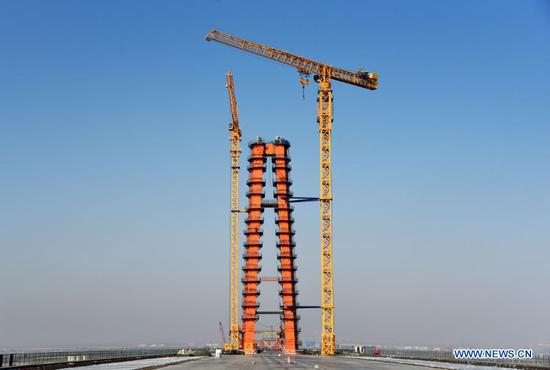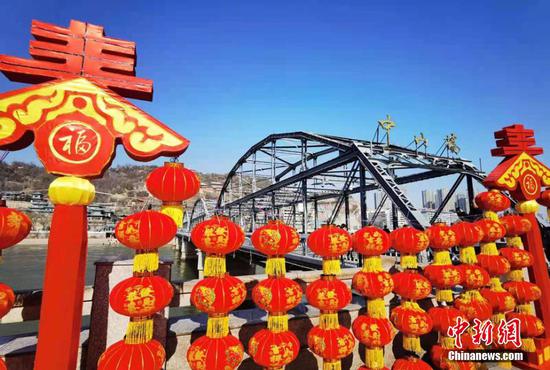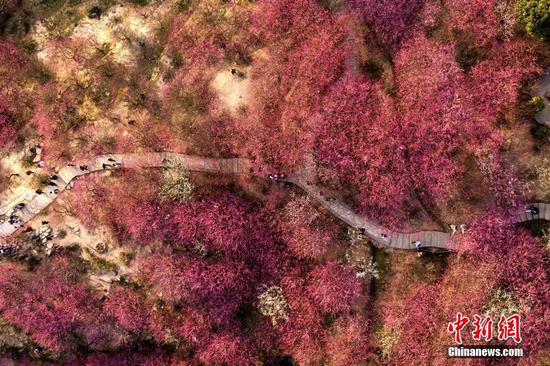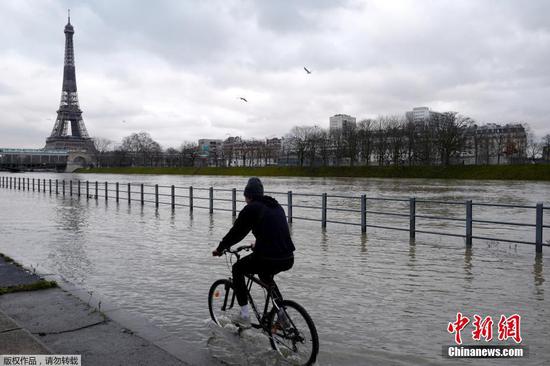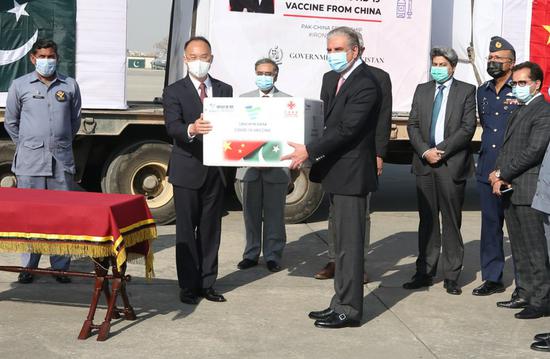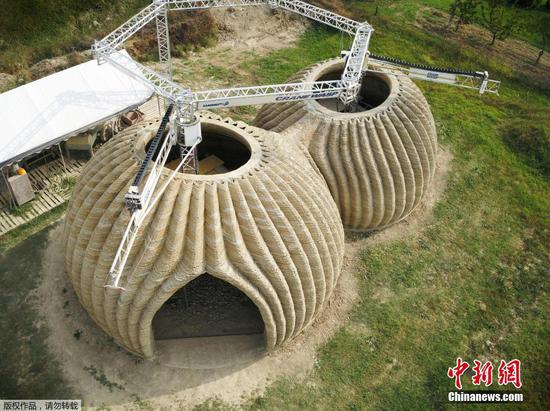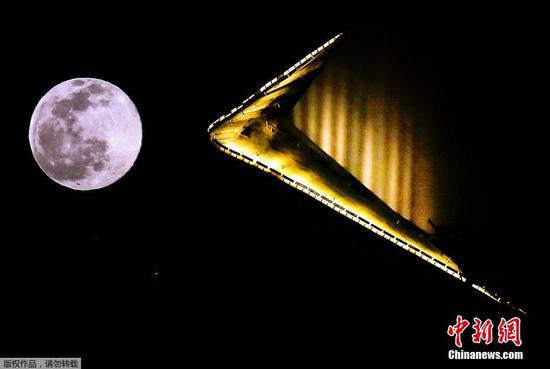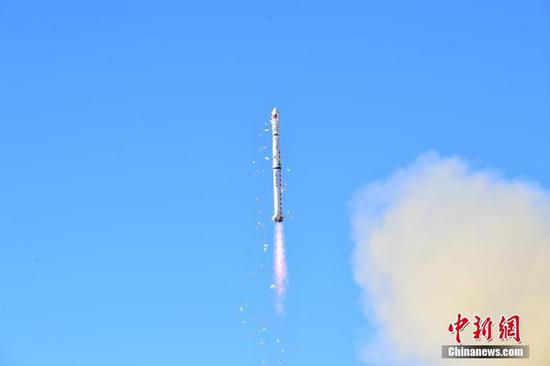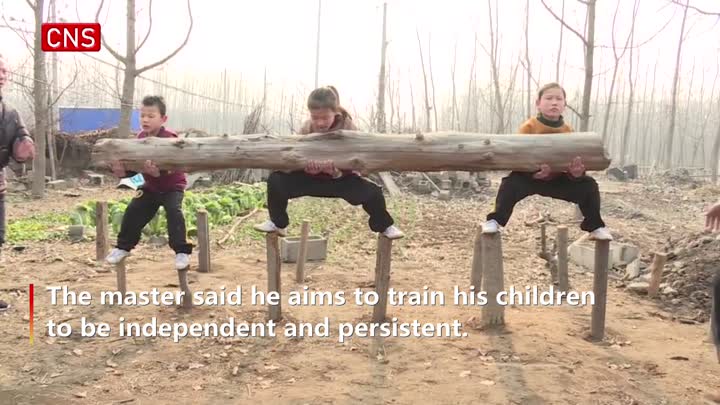For Latin American countries like Brazil, Chile and Peru, Chinese vaccines have provided them with a much-needed shot in the arm at a critical moment when a second wave of outbreaks is ravaging the region.
The first shipment of vaccines from Chinese pharmaceutical firm Sinopharm arrived in Peru's capital Lima on Sunday. It was the latest snapshot of the cooperation between China and Latin America in the global fight against the COVID-19 pandemic, recently bolstered by Chinese vaccines.
Welcoming the arrival of flights carrying Chinese vaccines, Chilean President Sebastian Pinera said they marked a day "of joy, excitement and hope," while Peruvian President Francisco Sagasti described the vaccines as "the best shield to protect ourselves and to care for all Peruvians."
Brazil, the hardest-hit country in Latin America, with the world's second-highest COVID-19 death toll and third-largest caseload, began its nationwide vaccination program soon after its health regulatory body approved the emergency use of the CoronaVac vaccine developed by Chinese firm Sinovac.
Chile's mass vaccination drive is underway thanks to the doses that arrived in the country in two shipments from Sinovac.
With their safety and effectiveness, Chinese vaccines have gained the confidence of Latin American countries.
Clinical studies in Brazil suggested that the vaccine was 100 percent effective in preventing hospitalizations, as well as severe and fatal cases, 83.7 percent effective in preventing cases requiring medical treatment, and has a general efficacy rate of 50.65 percent.
"We are approving a safe and effective vaccine for the population," said Acting Director of Chile's Public Health Institute Heriberto Garcia, who added that the vaccine "prevents hospitalizations and the severity of the disease."
Pinera announced upon the arrival of Chinese vaccines that he and Health Minister Enrique Paris "are going to be vaccinated with a Sinovac vaccine."
Meanwhile, Chinese vaccines are welcomed by Latin American countries because of their accessibility and affordability.
Compared with other vaccines, Chinese vaccines do not require extremely stringent conditions for storage and transportation, which lowers the cost of vaccination and makes them easily accessible to poverty-stricken regions and developing countries.
Even indigenous communities deep in Brazil's Amazon have been able to breathe a sigh of relief as Chinese vaccines have been delivered to their villages.
The Sinovac vaccine arrived "at the toughest and most important time of our lives," said Ozimar, an indigenous nurse in Brazil's northern Amazonas state, where the health system was stretched to the limit by a sudden rise in cases and collapsed in January due to a lack of oxygen, forcing authorities to airlift patients to other states.
Armed with the Sinovac vaccine, Brazil launched its immunization plan in about 6,000 villages, reaching more than 400,000 inhabitants, including 20,000 indigenous healthcare workers.
China has also embraced openness and cooperation in vaccine development, production and distribution.
In addition to ready-to-use vaccines, China's Sinovac has cooperated with Sao Paulo's Butantan Institute in vaccine production, which, Brazilian Health Minister Eduardo Pazuello said, guarantees "the continuity of the manufacture and distribution of the vaccine" in the South American country.
Pledging to make its COVID-19 vaccines a global public good once developed and put into use, China endeavours to alleviate the shortage and the uneven distribution of vaccines worldwide.
From Latin America to the Middle East, from South Asia to Eastern Europe, more and more countries have cast a "vote of confidence" in Chinese vaccines.
As the pandemic is still rampaging around the globe, only with solidarity can human beings finally prevail over the pathogen and embrace a brighter future.










